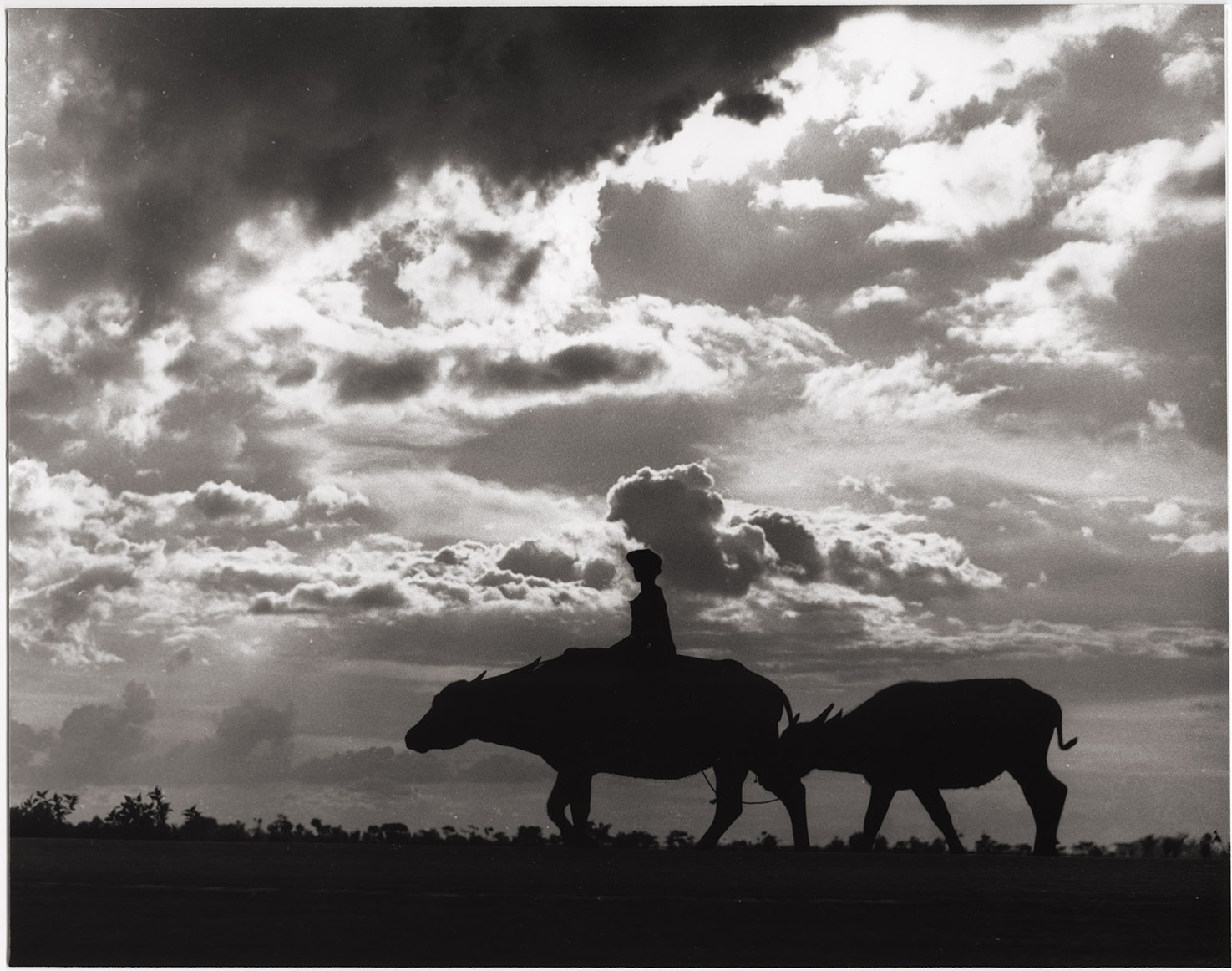Background on Le Van Khoa

Going home
The composer, photographer, and educator, Le Van Khoa arrived in the United States as a war refugee from Vietnam in May 1975. A creative autodidact, Le Van Khoa was born into a poor family in the Mekong Delta city of Can-Tho, on June 10, 1933. Having taught himself to read and play music, he was awarded a prize at the age of 19 for two songs submitted to a national contest, and through the publicity that followed, landed a job as a host for a children's television show.
Musically, Le Van Khoa has been both prolific and versatile. The author of hundreds of compositions and arrangements, he has worked with performers ranging from Vietnamese folk ensembles to western orchestras. His major works include the "Symphony Vietnam 1975," a moving commemoration of the war in Vietnam, and a lyrical elegy to the victims of the 9/11 terrorist attacks, but his arrangements have been used extensively by the Ngan Khoi Chorus and the Vietnamese American Philharmonic Orchestras.
For over fifty years, Le Van Khoa's other main creative outlet has been photography. Beginning in the mid-1950s, he began studying the craft, becoming serious enough by 1965 to help found the Artistic Photography Association of Vietnam. He has published three books of his work, and since emigration, has continued to take images and teach, including a stint at Salisbury State College (1976-1977). Recognized with a gold medal from the Trierenberg Super Circuit in Austria and special mention by the Al Thani International Photo Competition, he holds the distinction of being the first Vietnamese photographer to mount an exhibition at the U.S. Congress building.








